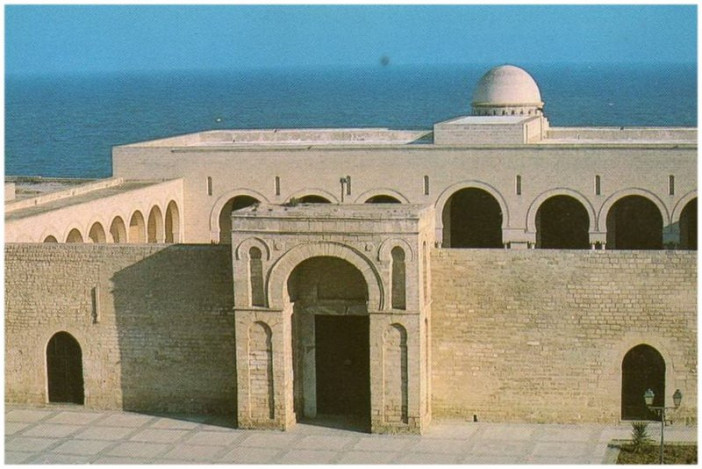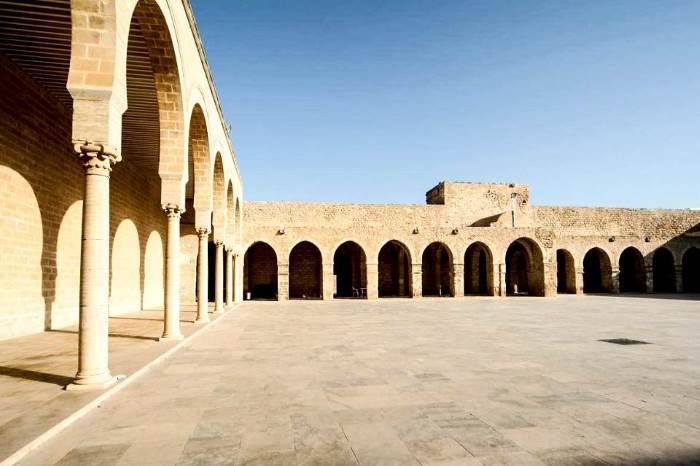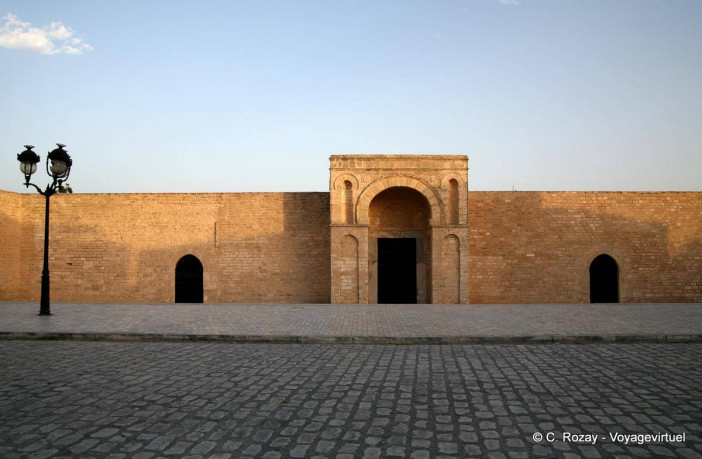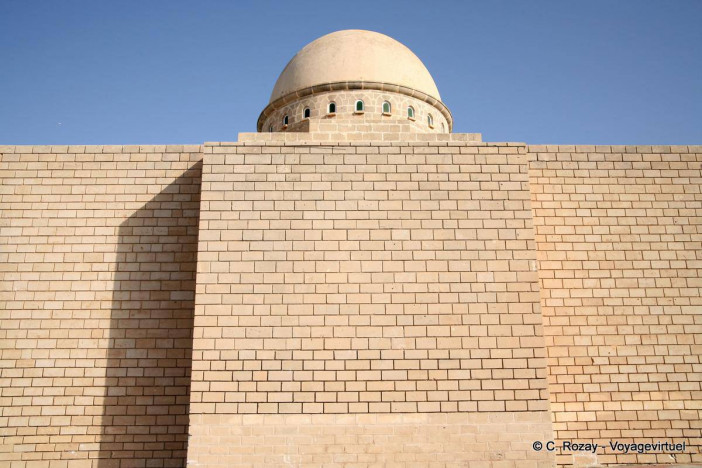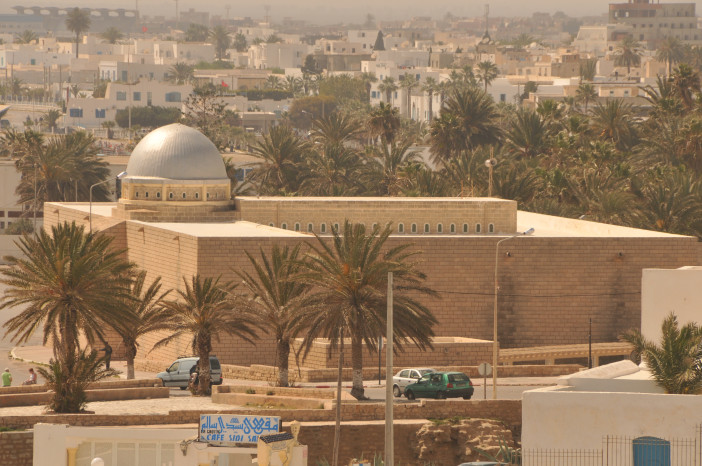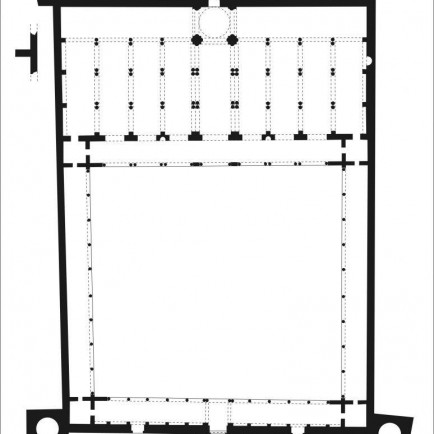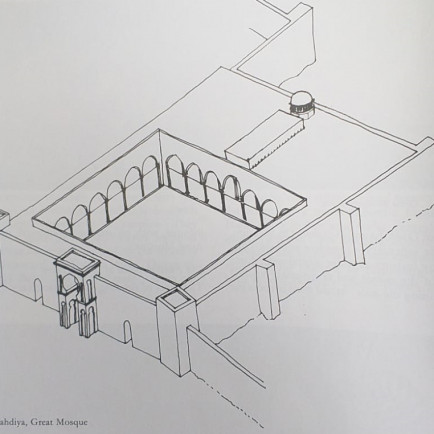The Great Mosque of Mahdiya
History
The mosque became constructed on a reasonably tangential piece of land which became in-stuffed and reclaimed from the sea. Several re-workings of the unique constructing have taken place, particularly throughout the Zirid period after the disintegrate of the qibla wall. Other works have been executed throughout the Ottoman generation withinside the 11th /17 th century. The mosque was rebuilt from 1961 to 1968. Only the porch and the north gallery are authentic.
Urban and Architectural
The mosque was built on a rectangular plane of 75mx55m. Near by there are two round towers that help collect the water flowing from the terrace. It seems that the mosque did not have a minaret. The prayer call was probably announced from one of the towers. In front of the main entrance, there is a porch. With harmonious proportions, this pouch is covered with a circular horseshoe-shaped arch with a mihrab-shaped niche placed high on the sides. Down, the various sides of the porch are adorned with a flat back niche. This decoration is an important feature of the Fatimid monument was carried over into the early Zirid period.
Description
The central nave embellished b the existence of the four groups of columns ,columns meets the Bay of the QIBLA wall to form the T-shaped with the layout of Kairouan's Great mosque. This layout is copied from the religious architecture of Fatimid Cairo. The juncture of these two aisles is marked by a cupola containing the mihrāb.
References
https://islamicart.museumwnf.org/database_item.php?id=monument;ISL;tn;Mon01;21;en
https://www.qantara-med.org/public/show_document.php?do_id=648&lang=en
Details
Location
Mahdia, Tunisia
Worshippers
1000
Owners
The Fatimid caliph al-Mahdi
Year of Build
916
Area
4100
Drawings
Map
History
The mosque became constructed on a reasonably tangential piece of land which became in-stuffed and reclaimed from the sea. Several re-workings of the unique constructing have taken place, particularly throughout the Zirid period after the disintegrate of the qibla wall. Other works have been executed throughout the Ottoman generation withinside the 11th /17 th century. The mosque was rebuilt from 1961 to 1968. Only the porch and the north gallery are authentic.
Urban and Architectural
The mosque was built on a rectangular plane of 75mx55m. Near by there are two round towers that help collect the water flowing from the terrace. It seems that the mosque did not have a minaret. The prayer call was probably announced from one of the towers. In front of the main entrance, there is a porch. With harmonious proportions, this pouch is covered with a circular horseshoe-shaped arch with a mihrab-shaped niche placed high on the sides. Down, the various sides of the porch are adorned with a flat back niche. This decoration is an important feature of the Fatimid monument was carried over into the early Zirid period.
Description
The central nave embellished b the existence of the four groups of columns ,columns meets the Bay of the QIBLA wall to form the T-shaped with the layout of Kairouan's Great mosque. This layout is copied from the religious architecture of Fatimid Cairo. The juncture of these two aisles is marked by a cupola containing the mihrāb.


